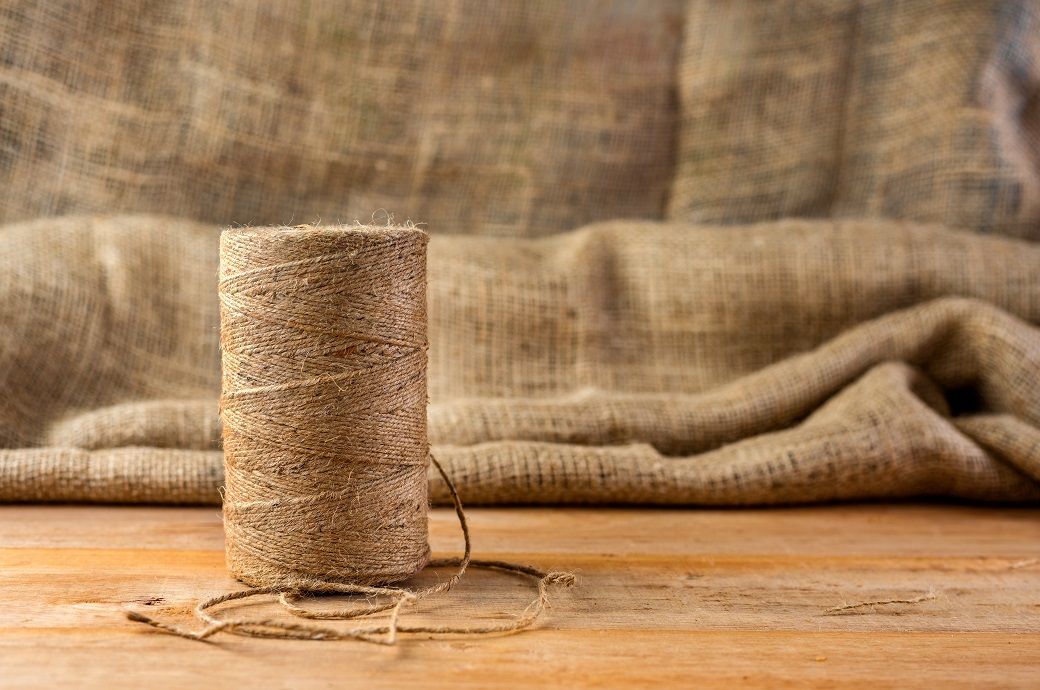
According to the latest crop sowing report released by the Ministry of Agriculture, the jute cultivation area dropped by 18.48 per cent to 5.738 lakh hectares from 6.671 lakh hectares in the previous season. This downward trend in acreage has persisted since 2022. The area under jute cultivation was recorded at 6.975 lakh hectares in 2022, 6.980 lakh hectares in 2021, and 6.935 lakh hectares in 2020.
West Bengal is the largest jute-producing state, contributing around 60 to 70 per cent of the country’s total jute production. However, the state's share of jute cultivation area has been continuously decreasing. It fell to 4.183 lakh hectares in 2024, which accounts for about 72 per cent of the total cultivation area. The peak was in 2020 when the area reached 5.135 lakh hectares, but it has since declined to 5.001 lakh hectares in 2021, 4.975 lakh hectares in 2022, and 4.906 lakh hectares in 2023. Assam and Bihar are the other two significant jute-producing states in India.
The government's increase in the minimum support price (MSP) has not been enough to encourage farmers to grow more jute in recent years. The MSP was raised to ₹5,335 (approximately $63.66) per quintal for the new marketing season of 2024-25, compared to ₹5,050 (approximately $60.26) per quintal in the previous season. Over the last five years, the government procurement price has risen by 26.27 per cent, from ₹4,225 (approximately $50.42) per quintal in 2020-21.
India’s jute production presents a rather negative outlook. Despite several government initiatives, production has declined by 17.24 per cent over the last decade. Instead of increasing, jute production has dropped from 116.90 lakh tons in 2013-14 to 96.92 lakh tons in 2023-24. However, this figure shows a slight improvement compared to the 93.92 lakh tons produced in 2022-23.
Fibre2Fashion News Desk (KUL)